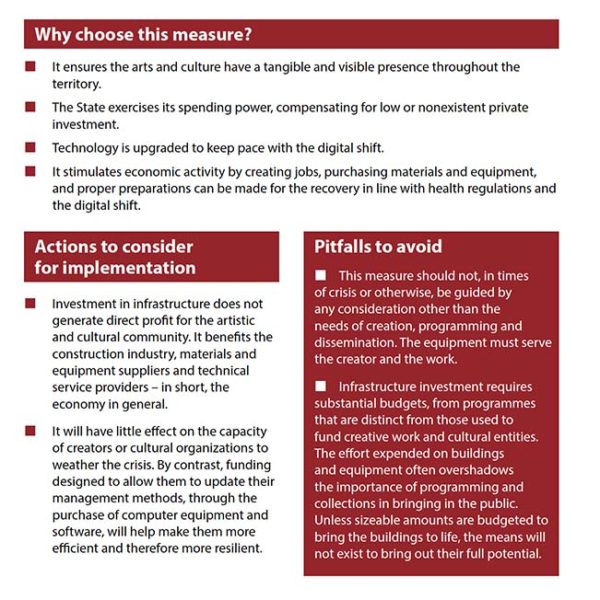Last week, Philip Cubeta had linked to a story on Inside Philanthropy analyzing the collection and distribution practices of donor advised funds (DAF).
I have previously written about problems with donor advised funds, one of the biggest being that people are able to receive tax benefits for placing money there, but unlike foundations there is no obligation to distribute the funds.
The Inside Philanthropy piece largely focuses on a recent report by the Institute for Policy Studies Independent Report on DAFs.
One of the issues the report raises is that while DAF industry reports a higher distribution rate (9.7% median rate in 2023) than the 5% required of foundations, there is a high degree of murkiness in the reporting. For example, since DAFs don’t have to make an annual distribution, the payout for 2023 might have been much higher than usual since there was a great need coming out of the pandemic.
Also, the methodology used to arrive this number tends to be a little unclear:
….the report notes that “DAF experts have estimated that the calculations used in DAF industry reports may overstate payout rates by more than 50%.” Acknowledging that payout rate is “a slippery concept to quantify,” IPS’s report uses the IRS calculation — outgoing DAF grants divided by the sum of year-end DAF assets plus outgoing DAF grants.
What is defined as donor advised giving tends to be a little broad mixing the funds held by large financial institutions with workplace giving programs and funds passing through donation processors like Network For Good.
Perhaps most problematic is funds passing between different Donor Advised Funds rather then being distributed to non-profits.
“We don’t know why DAF-to-DAF transfers happen,” Collins said. “Maybe a donor changed their financial advisors or wanted to consolidate their DAFs in one place.”
Regardless of why the transfer occurred, if a report says that DAFs distributed a certain amount of money but fails to specify that some of that amount was transferred to another DAF sponsor, it can create the false impression that all of the money flowed to a working charity.
There is a fair bit of public will for that money to be distributed. An Ipsos poll commissioned in 2024 found that 79% of respondents felt DAFs should be forced to distribute funds within 5 years. (It is not clear to me if that is all the funds within 5 years or start distributing within 5 years of the fund’s creation.) The article notes that the financial services industry managing these funds have a lot of incentive to lobby against such legislation and to discourage distribution by fund owners.






Santa Cruz Shakespeare has several tiers of benefits for donors/members. Some, like season-announcement parties, are open to several tiers. Some,…